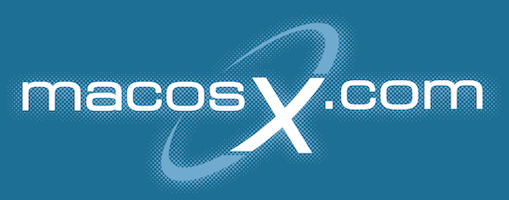Originally posted by lethe
yes, that also works. it s just sometimes nice to be able to specify the boot disk before you reboot.
but your post reminds me of a question. i m not sure whether you can install Darwin on the same partition as MacOS, but let s consider the case where MacOS9 and OSX on the same partition. is there anyway to specify what OS to boot other than using the systems startup disk utility?
holding option doesn t work. neither does specifying the boot device with OF. i think that this is because the OF can only recognize one blessed folder per partition, and the startup disk utility with the OS can change which system folder it is, but once it is done, the '\\:tbxi' argument to boot, can only refer to the blessed folder.
i think the problem is identical with holding option. the system only recognizes one blessed folder at a time.
it is pretty annoying IMO. let s say your compupter is off, and you need to boot to OSX, but the last time when you shut down, you were under OS9, and you didn t go to startup disk and change it before you shutdown. now you have to boot twice before you can get what you need from the system. it s quite annoying, and a strong argument for not keeping the 2 OSes on the same partition. unless someone can tell me some OF command for changing the blessed folder.
so?
